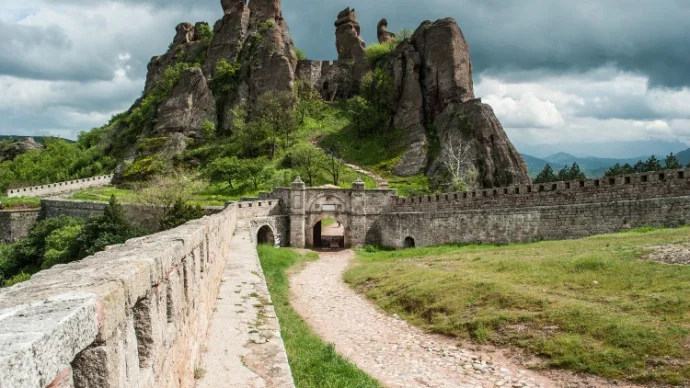
About Plovdiv Roman Stadium
Plovdiv Roman Stadium was an ancient sports arena built in the 2nd century AD city of Philippopolis, in Bulgaria. At its peak, Plovdiv Roman Stadium had a capacity of some 30,000 spectators and though little remains today, there is an ongoing renovation project in place.
Plovdiv Roman Stadium history
After the death of its king, Rhoemetacles III, Thracia was annexed by the ever-expanding Roman Empire by the order of Claudius in 46 AD. At this time the city of Philippopolis was brought under Roman control, ad it became an important crossroad for the empire, including the most important military road in the Balkans.
The Roman period was one of growth and vibrance, and the city soon boasted the markers of Roman civilisation: many public shrines, baths, theatres and a stadium. These were predominantly constructed throughout the Flavian Dynasty, leading to the town’s renaming as Flavia Philippopolis. However, the stadium was built under the reign of Emperor Hadrian, between 117 and 138 AD.
At 240 metres long and 50 metres wide, the impressive stadium could seat up to 30,000 spectators and the track length was one stadion. The seats in 14 rows were constructed of solid marble, including the seats of honour for imperial visitors.
Unusually, Plovdiv’s stadium was situated within the fortified city close to the walls, unlike most stadia elsewhere that were placed outside the walls, in the bowl-shaped terrain between Taksim Tepe and Sahat Tepe. In the central arena, games that demonstrated athletics and equestrian skills were held.
Plovdiv’s stadium was unearthed in 1932, restored in the 1970s and excavations continued into the 21st century. In 1995, the site was listed as a cultural value of national significance.
Plovdiv Roman Stadium today
Today, the stadium is located in the centre of Plovdiv underneath the main pedestrianised street. The larger portion still lies beneath the buildings along the main street with parts visible in the basements of several shops. The northern end of the stadiu, the sphendone, is partially restored so you can see it from Dzhumayata Square.
From here, dive underground to the original ancient town-level to walk through part of the track, see the semicircular seats and the panoramic wall including a hypothetical reconstruction. The Plovdiv Roman Stadium is an unmissable walk through the footprints of ancient Romans, and only a short distance from the nearby Ancient Forum and Amphitheatre.
Getting to Plovdiv Roman Stadium
The Roman stadium is easily found on foot on Plovdiv’s Glavnata or main street. For those using public transport, the stadium is a short walk from the Central Railway Station (Tsentralna gara) past the Central Square and post office. Otherwise, the stadium is just of the 12 bus route.
Featured In

Bulgaria Historic Sites
Discover the best historic sites in Bulgaria, including cultural landmarks and attractions such as the ancient Thracian city of Perperikon and the medieval Boyana Church.




















